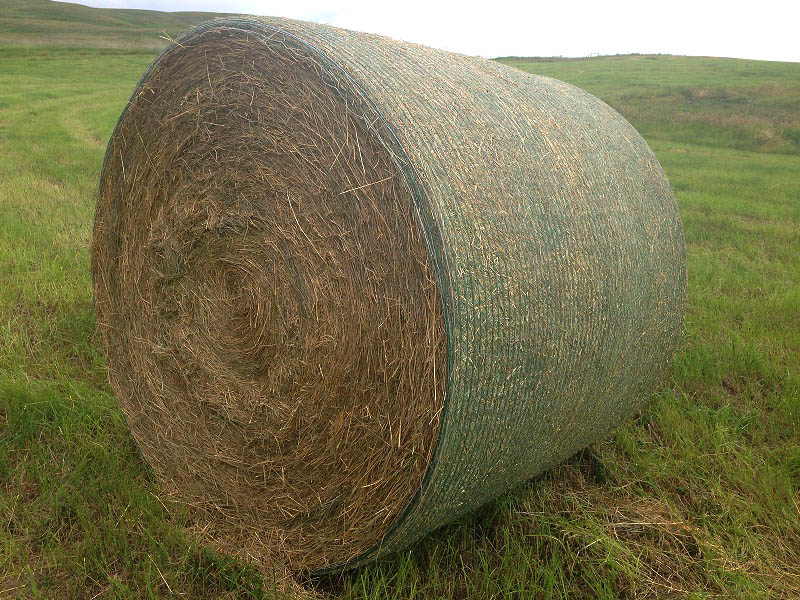In the ever-evolving world of agriculture, innovation i […]
In the ever-evolving world of agriculture, innovation is key to meeting the growing demands for food production and sustainability. One such innovation that's quietly revolutionizing the hay and forage industry is hay bale netting. This unassuming tool, designed to wrap and protect hay bales, is proving to be a game-changer for farmers seeking efficient, eco-friendly, and cost-effective solutions.
The Basics of Hay Bale Netting
Hay bale netting, often made from durable materials like polypropylene, is used to wrap and secure bales of hay or forage. It's an alternative to traditional methods like twine or plastic wrap, offering several benefits that are rapidly gaining attention in the farming community.
1. Enhanced Efficiency
One of the most notable advantages of hay bale netting is its efficiency. It dramatically speeds up the baling process. The netting can be applied using specialized equipment that wraps and secures the bale in one pass, a significant improvement over the time-consuming and often labor-intensive process of using twine.
2. Reduced Spoilage
Hay bale netting tightly envelops the bale, reducing exposure to moisture and weather. This means less spoilage and wastage of valuable feed, ultimately contributing to economic savings for farmers.
3. Improved Handling and Transport
The secure and compact nature of hay bale netting makes handling and transporting bales easier and more convenient. Bales are less likely to come apart, making for smoother operations in both the field and during transport to storage or market.
4. Sustainability and Environmental Benefits
Farmers are increasingly conscious of the need for sustainable farming practices. Hay bale netting aligns with these goals. Its durability and reusability reduce the need for disposable wrapping materials like plastic wrap, which can be harmful to the environment.
5. Increased Productivity
With hay bale netting, the time and labor saved can be channeled into other critical farm activities. This results in increased overall productivity and allows farmers to focus on other essential tasks during busy seasons.
Innovation and the Future of Agriculture
The agricultural industry is no stranger to innovation, with each advancement bringing efficiency and sustainability to the forefront. Hay bale netting is a prime example of how small changes in farming practices can have a significant impact on both economic and environmental factors.
In addition to its current benefits, ongoing research and development are likely to lead to further improvements in hay bale netting technology. Innovations such as biodegradable netting and smart netting materials that monitor the condition of the bales are on the horizon, promising even greater efficiency and sustainability.
In an industry where efficiency and sustainability are paramount, hay bale netting is emerging as a clear winner. It offers farmers a solution that not only streamlines the baling process but also contributes to the responsible use of resources and environmentally friendly farming practices.
As farmers continue to face the challenges of feeding a growing global population, innovative solutions like hay bale netting will play an increasingly important role in ensuring food security and sustainable agriculture. This small but impactful tool represents yet another step toward a brighter and more efficient future for farming.



 WhatsApp:+8613626888261
WhatsApp:+8613626888261